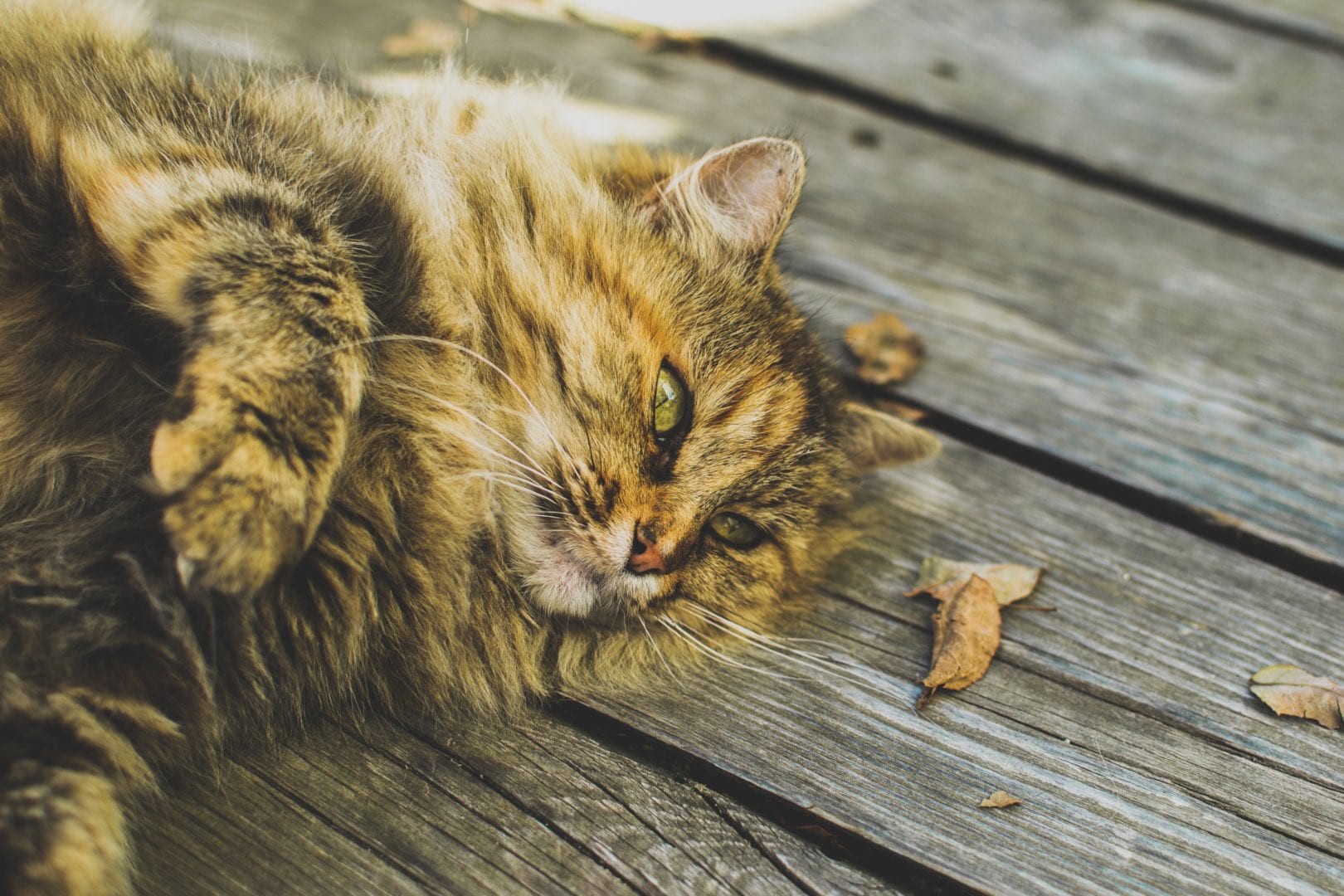A new law may make it illegal to declaw your feline friends — that is, only if they live in New Jersey.
The Associated Press reports
that New Jersey would become the first state to officially ban the practice of declawing, which is already prohibited in several California cities and in nearly 20 countries, including Australia and Britain. New York’s legislature once considered a similar bill, but did not pass it.
Let’s Back up a Sec: Declawing?
According to the American Veterinary Medical Association (A.V.M.A.)’s 2016 “Literature Review on the Welfare Implications of Declawing of Domestic Cats”:
“Declawing is the surgical amputation of all or part of a cat’s third phalanges (toe bones) and the attached claws. Most often the procedure involves the front paws only, but sometimes the claws are removed from all four paws. The surgery may be performed using sterilized nail trimmers, scalpel blades, or surgical lasers…Declawing may be performed at the same time as spaying or neutering.”
Declawing also has the inherent risks that come with any surgery, like the risk of complications during anesthesia and pots-operative bleeding, according to Dr. Cia Johnson, director of the Animal Welfare Division at A.V.M.A.
But Why Would Someone DO That to Their Cat??
The A.V.M.A.’s literature review goes on to say that cat owners typically declaw their felines to prevent them from destroying household possessions. They may also do declaw a cat in order to protect small children, especially if the cat is particularly aggressive.
Johnson said that declawing can also allow “immunocompromised people to experience the benefits of feline companionship without the serious and potentially life-threatening risks caused by a cat’s claws.”
That being said, the A.V.M.A. points out that scratching is a normal behavior for cats. Cats scratch to condition their claws by removing aged cuticles, to mark their territory, and to stretch their limbs, thorax and back muscles.
But, despite this fact, that still doesn’t stop some cat owners who feel that their happiness and (aesthetic) comfort comes first.
“Declawing is a barbaric practice that more often than not is done for the sake of convenience rather than necessity,” the bill’s sponsor, Assemblyman Troy Singleton (D), said in a statement. “Many countries worldwide acknowledge the inhumane nature of declawing, which causes extreme pain to cats. It’s time for New Jersey to join them.”
The American Society for the Prevention of Cruelty to Animals (A.S.P.C.A) said in a statement that it is “strongly opposed to declawing cats for the convenience of their owners or to prevent damage to household property. The only circumstances in which the procedure should be considered are those in which all behavioral and environmental alternatives have been fully explored, have proven to be ineffective, and the cat is at grave risk of euthanasia.”
The A.S.P.C.A. added that declawing has not been proven to be an effective method for improving behavior habits, such as aggression.
Johnson said that the A.V.M.A. believes declawing should only be undertaken if it is medically necessary or if alternatives to eliminate harmful or destructive scratching have failed.
“There is currently no scientific evidence to support claims that declawing increases undesirable behaviors such as inappropriate elimination and biting, or that it worsens or causes chronic illnesses such as skin disorders, asthma and bladder problems,” Johnson said.
The Ban and the Bill
The New Jersey bill would prohibit surgical declawing, or onychetctomy, of cats and other animals, unless a veterinarian deemed it medically necessary. The bill would also ban flexor tendonectomies, a surgery that severs the tendon in each toe that allows a cat to extend its claws.
The A.V.M.A. said that tendonectomies are not recommended as an alternative to declawing, and could cause pain and infection in cats.
If the bill passes, vets who declaw cats could be fined up to $1,000, or face a prison term of up to six months — and that’s in addition to potentially having to pay a civil penalty of $500 to $2,000.
The bill cleared the lower chamber of the legislature last month, and Senate sponsors are reviewing it, according to the AP.
Early Responses to the Ban
The A.V.M.A. told the AP that while they don’t appreciate lawmakers telling doctors what to do, and don’t consider onychectomies to be “barbaric,” they do agree that declawing should only be considered if the claws pose a risk, and if attempted behavioral changes are not successful.
”
The A.V.M.A. does not support onychectomy (declawing) being performed routinely; however we have serious concerns about legislative and regulatory actions that target specific veterinary procedures and inhibit the veterinarian’s ability to use their professional judgement,” Johnson said. “Best health and welfare outcomes for veterinary patients, clients, and the public require that decisions involving the diagnosis and treatment of veterinary patients—including the performance of surgical procedures such as declawing—be made by the animal’s veterinarian in consultation with the animal’s owner.”
The A.V.M.A. also said that it was concerned that the declawing ban could have the unintended effect of leading some cat owners to relinquish their pets to shelters, where the animal risks being euthanized if it’s not adopted.
“In situations where alternatives to declawing have not been successful, declawing can be an effective way to keep cats in the home and out of shelters or off the street,” Johnson said. “An estimated 70 percent of cats relinquished to shelters are euthanized.”
As an alternative to declawing, the A.V.M.A. recommends that cat owners trim their cats’ nails frequently, and ask their vets to place nail caps on their claws to prevent any damage to furniture. Vets are urged to educate owners about the scratching habits of cats and help the owners find alternatives to declawing.
If you’d like to learn more about the process of declawing, or to find tips to help cut down on your cat’s scratching habits, visit the A.V.M.A.’s website.


